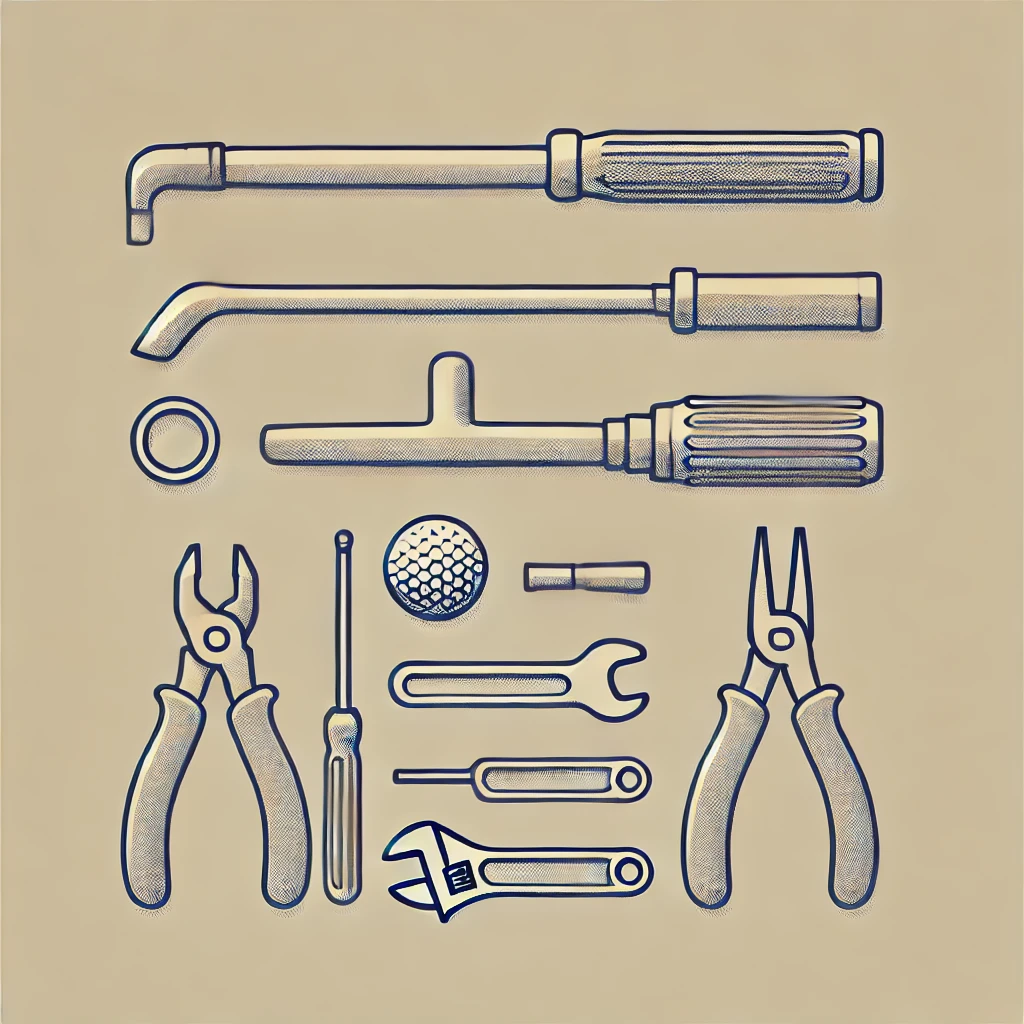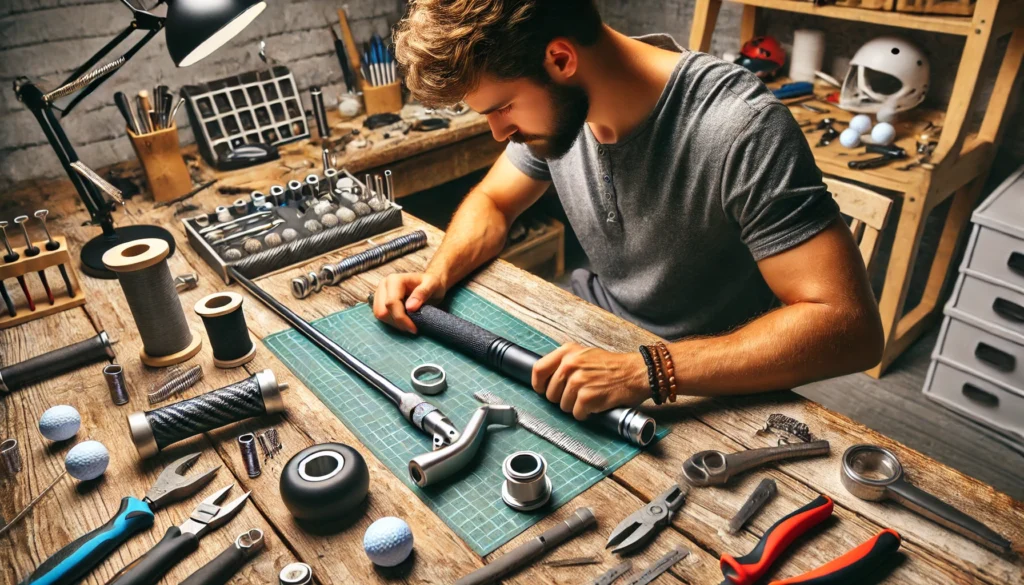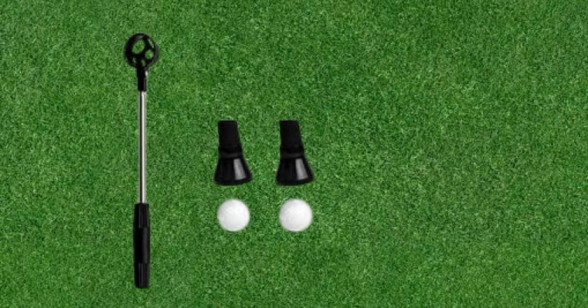DIY Solutions for Custom Golf Ball Retrievers
Basic Components and Tools
In the realm of DIY golf ball retrievers, understanding the basic components and having the right tools is the first step toward creating a customized solution.
Most golf ball retrievers share common elements, such as telescopic poles, grips, and retrieval mechanisms.
Disassembling a standard golf ball retriever provides insight into its inner workings and helps identify areas for potential customization.
To begin the customization process, one must gather the necessary tools for disassembly. Common tools include screwdrivers, pliers, and, in some cases, a small wrench.
Carefully taking apart the retriever allows for a closer examination of each component, paving the way for creative modifications.

Customization Options
DIY enthusiasts can explore various customization options to tailor their golf ball retriever to specific preferences and needs. Adjustable length mechanisms offer flexibility on the course.
Modifying this feature can involve tweaking the locking mechanism or experimenting with alternative materials for enhanced durability.
Grip customization is another avenue for personalization. Golfers can explore different handle options, seeking comfort and a secure grip.
Non-slip materials, such as rubberized coatings or textured surfaces, can be applied to the grip area for better control, especially when retrieving balls in challenging terrains.

For those inclined towards a lightweight design, material substitution is a key consideration.
Choosing lighter materials without compromising strength can involve replacing certain components with alternatives like carbon fiber or lightweight alloys.
Balancing considerations are crucial to maintaining the retriever’s performance while reducing overall weight.
Specialized Features

Adding specialized features to a DIY golf ball retriever can elevate its functionality. A scoop mechanism, for instance, facilitates easy retrieval from sand traps or water hazards.
DIY enthusiasts can explore creative ways to attach a scoop to their retrievers, adapting existing designs or devising entirely new solutions.
Ensuring water resistance is another valuable modification, particularly for golfers who frequently encounter water hazards. Applying sealants or waterproofing techniques to vulnerable areas can protect the retriever from water damage, extending its lifespan.
Material Choices
Choosing the right materials for DIY golf ball retrievers involves weighing the pros and cons of various options.
Aluminum components are lightweight and corrosion-resistant, making them suitable for most conditions. However, modifications to enhance durability may be necessary.
Fiberglass components offer a balance of strength and weight, and DIY adaptations can further tailor them to specific needs.
Stainless steel components provide robustness but may contribute to a heavier overall design; modifications can address weight concerns while retaining strength.
Design and Aesthetics
Customization extends beyond functionality to include the aesthetics of the golf ball retriever. DIY enthusiasts can explore custom paint and finishes to add a personal touch.
Painting techniques, such as spray painting or hand detailing, can transform a standard retriever into a unique and visually appealing accessory.
Personalized decals or branding further contribute to a customized look, allowing golfers to showcase their style on the course.
Budget-Friendly DIY Solutions
Creating a custom golf ball retriever doesn’t have to break the bank. DIY enthusiasts can explore budget-friendly solutions by repurposing materials.
Everyday items can find new life as part of a retriever, showcasing creativity and resourcefulness. Additionally, identifying affordable alternatives for specific components ensures that the customization process remains cost-effective without compromising on performance.
Safety Considerations
Safety should always be a priority when customizing golf ball retrievers. Ensuring the structural integrity of the modified retriever is crucial.
Reinforcement strategies, such as adding extra support to critical areas, can prevent accidents on the course.
User-friendly modifications, focusing on ergonomic considerations, enhance the overall usability and safety of the DIY golf ball retriever.
Testing and Adjustment

Field testing is a crucial step in the DIY customization process. Taking the modified golf ball retriever to the course allows golfers to evaluate its performance in real-world conditions.
Adjustments based on actual usage can be made, refining the retriever’s design and functionality.
Embracing an iterative design process ensures continual improvement, ultimately resulting in a customized retriever that aligns seamlessly with the golfer’s preferences.
Community and Online Resources
The DIY community plays a significant role in the world of customized golf accessories. Engaging with DIY golfing communities provides a platform for sharing ideas and experiences.
Online tutorials and guides offer valuable insights, allowing individuals to learn from others’ DIY projects and leverage collective knowledge to enhance their creations.
Legal Considerations
While the focus is on personalization and creativity, it’s crucial to consider legal aspects when customizing golf ball retrievers.
Compliance with golf course rules ensures that the DIY creation remains within acceptable boundaries.
Additionally, being aware of patent and copyright considerations prevents unintentional infringement when incorporating certain features or designs.
In the realm of golf ball retrievers, the possibilities for customization are as diverse as the golfers themselves.
From basic disassembly to advanced modifications, the DIY approach allows individuals to create a personalized tool that not only excels in functionality but also reflects their unique style on the golf course.
As golfers embrace the spirit of creativity and innovation, DIY golf ball retrievers become more than just accessories—they become a testament to the passion and ingenuity within the golfing community.
